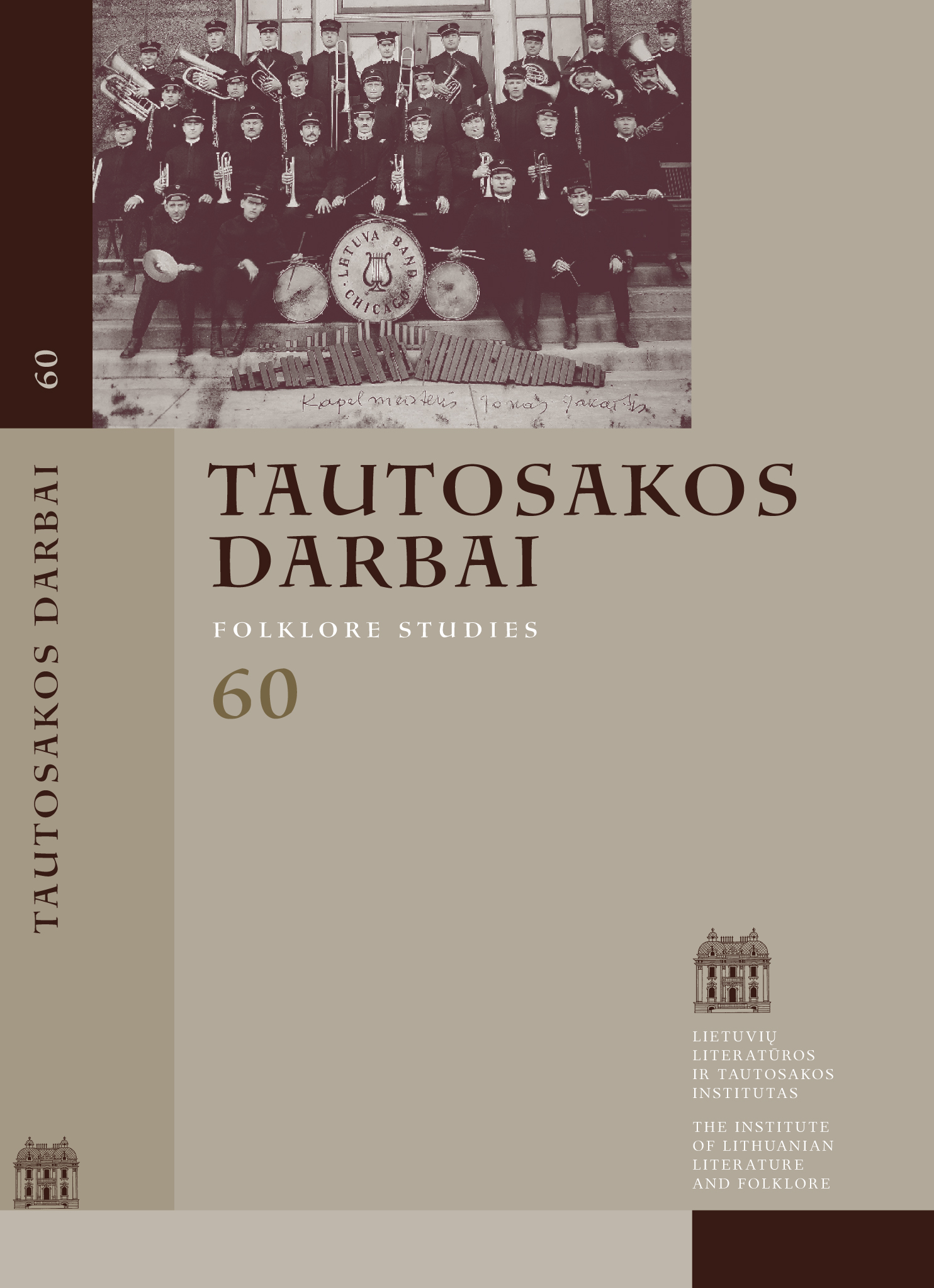Džiaugsmai visoki XIX a. vidurio–XX a. pradžios lietuviškuose vadovėliuose
Santrauka
Straipsnyje pristatomas istorinis konkretaus jausminio išgyvenimo – džiaugsmo – tyrimas. Jis atliktas remiantis XIX a. vidurio–XX a. pradžios vadovėliais: Mikalojaus Akelaičio, Liudvikos Malinauskaitės-Šliūpienės ir Jono Šliūpo elementoriais ir Jadvygos Juškytės skaitymų knyga. Pasirinktas teorinis pamatas (Michelle’s Rosaldo, Dewight Middleton, Peterio ir Carol Stearnsų teorinės nuostatos) lėmė šio tyrimo kryptį – aiškintis emocinės būsenos kismą nagrinėjant konkrečiam istoriniam laikui būdingą žmogaus sampratą, o jų tarpusavio sąsają rekonstruoti atliekant pasirinktų vadovėlių tekstų analizę. Tyrime aptiktos skirtingos nagrinėtuose tekstuose esančios džiaugsmo reikšmės: šiapusinio gyvenimo džiaugsmo, kylančio iš Dievo palaiminto veikimo pagal senolių taisykles M. Akelaičio elementoriuje; tėvų pradžiugimo, kaip vaikų gyvenimo tikslo, protingo tėvų ir kvailo vaikų džiaugsmo L. ir J. Šliūpų Abėcėloje; visais pojūčiais išgyvenamo džiaugsmo pavasarį J. Juškytės Vaikų skaitymėliuose, siejamos su siekiamais įtvirtinti ar išsaugomais, palaikomais emociniais standartais, arba emocionologija.
Atsisiuntimai
Skaitomiausi šio autoriaus(ų) straipsniai
- Ramunė Bleizgienė, Po ideologijos gaubtu: koks tas sovietinės šeimos gyvenimas? , Tautosakos darbai: T 65 (2023): Tautosakos darbai
- Ramunė Bleizgienė, Valstiečių raštingumo praktikos Žemaitės apsakymuose , Tautosakos darbai: T 58 (2019)
- Ramunė Bleizgienė, Pasaulio ir asmens jausminiai ryšiai Žemaitės kūryboje , Tautosakos darbai: T 51 (2016)
